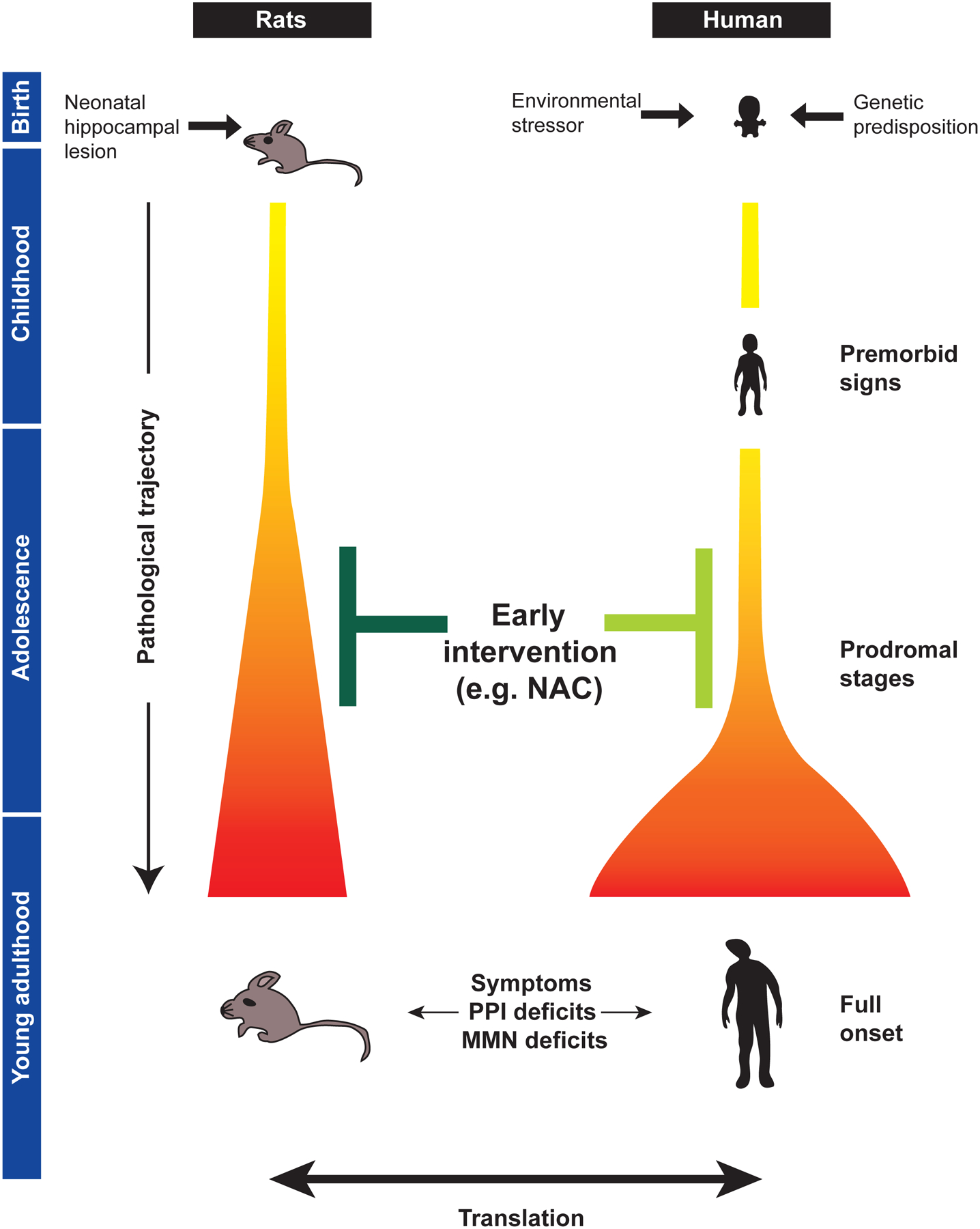Figure 1. Utility of preclinical animal models of neurodevelopmental etiopathology in the translational study of schizophrenia.

Animal models can be utilized to address biological questions on the pathological trajectory to full onset of schizophrenia after puberty. The trajectory from the primary risk beginning in earlier neurodevelopment to prodromal stages and full onset is illustrated in the gradation from yellow to orange and red. These models are potentially useful for developing presymptomatic, prophylactic intervention during adolescence, including those with the antioxidant N-acetyl cysteine (NAC) (depicted in dark green). Therapeutic concepts initially obtained from preclinical models need to be tested in clinical trials in the near future (depicted in light green). PPI, prepulse inhibition; MMN, mismatch negativity.
